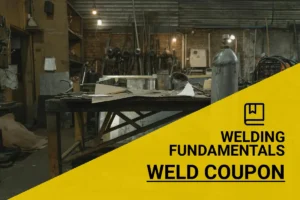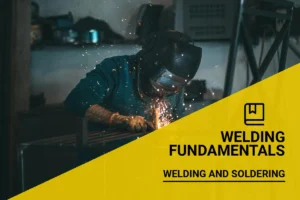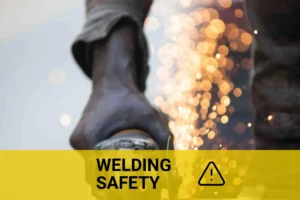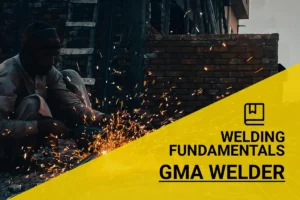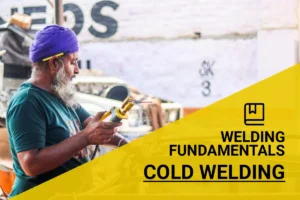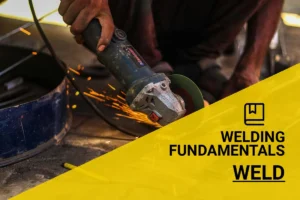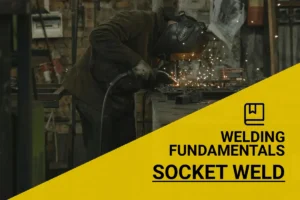What Does API Stand for in Welding? Understanding Standards and Types
Published on: February 19, 2025 | Last modified: March 4, 2025
By: Joe Carter
One question I get asked a lot is what does api stand for in welding? Understanding it is vital for quality assurance. I remember when I first dealt with API standards; they really helped improve our welding processes and outcomes.
In this guide, we’ll cover what API means in welding, the different types, steps to grasping API standards, factors that influence them, common issues, inspection and aftercare tips, plus their applications in welding. You’ll also find out about alternatives to API standards. Let’s dive into what does api stand for welding!
Contents
- What is API in Welding?
- What Does API Stand for in Welding?
- Types Of API in Welding
- Steps to Understanding API in Welding
- Factors Influencing API in Welding
- Common Issues and Troubleshooting
- Applications Of API Standards in Welding
- What Are the Alternatives to API Standards in Welding?
- Frequently Asked Questions (FAQs)
- Conclusion
- References
What is API in Welding?
API stands for American Petroleum Institute. It sets standards for quality and safety in welding, especially in the oil and gas industry. You’ll find API standards in pipeline construction, ensuring durability and reliability. It’s crucial for maintaining industry safety.
What Does API Stand for in Welding?
API stands for the American Petroleum Institute. It’s a standard that ensures quality and safety in welding for the oil and gas industry. The API 1104 standard covers pipeline welding and helps prevent failures. It includes guidelines on joint design, welding processes, and qualifications for welders.
API standards include specific codes that align operations to ensure reliability. For instance, API 1104 is commonly used, with thousands of certifications issued each year, influencing welding practices in this critical industry.
I’ve navigated API specs while working on pipeline projects. Knowing what API stands for in welding gives you an advantage when negotiating job requirements. Applying these standards ensures compliance and delivers quality work that protects people and the environment.
Types Of API in Welding
What are the types of APIs in welding?
-
API 1104
API 1104 outlines standards for pipeline welding. It stands for American Petroleum Institute Standard 1104. To comply, follow specific procedures for welding joints, including welder qualification and testing. Understanding the process behind crafting your welding equipment is crucial, as it ensures adherence to industry standards and successful outcomes. For those interested in learning more about the fundamentals of creating welding tools, you can explore how to make a welder.
-
API 650
API 650 pertains to designing welded tanks. It stands for American Petroleum Institute Standard 650. To comply, ensure your design meets requirements for structural integrity and welding processes suitable for storage tanks.
-
API 620
API 620 deals with designing and constructing large welded storage tanks. It stands for American Petroleum Institute Standard 620. To ensure compliance, follow guidelines for low-pressure tanks, including material selection and welding techniques.
-
API 16D
API 16D relates to drilling and wellhead control systems. It stands for American Petroleum Institute Standard 16D. To meet standards, focus on properly welding control systems, ensuring joint integrity under pressure.
-
API 5L
API 5L covers specifications for line pipe. It stands for American Petroleum Institute Standard 5L. To adhere, maintain specific mechanical properties and welding requirements for transporting oil and gas.
You should now have a good understanding of various API types in welding. In the next part, we’ll discuss steps to comprehend API in welding.
Steps to Understanding API in Welding
Here are steps to define what API means in the context of welding.
-
Understand API Basics
Start with the full form: API stands for American Petroleum Institute. This organization sets standards for equipment and practices, especially in the oil and gas industries. These standards ensure safety and quality. Familiarize yourself with terms like API 1104, which relates to welding procedures for pipelines.
-
Learn About API 1104
API 1104 outlines requirements and best practices for welding pipe joints. It covers procedure qualification, welder qualification, and testing requirements. Knowing this standard helps you understand acceptable methods for pipeline welding. It costs about $50, making it a low-cost investment. I recommend getting the latest version to stay updated. Understanding the compatibility of various welding components is crucial, especially when it comes to constructing essential parts for equipment like AC welders; knowing how to build a bridge rectifier can be particularly beneficial.
-
Examine API Certification
Consider API welding certification if you want to work in industries following API standards. This certification proves your skill and understanding of API procedures like API 1104. I’ve been through this, and obtaining the certification opens doors to better job opportunities. Note that costs vary; typically, it’s between $200 and $1,000, depending on your location and specialty.
-
Get Involved in Continuing Education
API offers various training programs and seminars on their standards. Participating in continuing education helps keep your expertise sharp and current. Through these programs, you learn to adapt to evolving standards set by the API. Searching for PDF resources, like API RP 577, can enhance your understanding at no extra cost.
-
Join Welding Forums and Groups
Connect with professionals in welding communities that discuss API standards. Forums share hands-on experience and answer your questions regarding the standards. This avenue often leads to networking opportunities. Check platforms like LinkedIn or professional organizations to find active API-focused groups.
We covered the steps to understand API in welding. Next, we will cover the factors that influence API in welding.
Factors Influencing API in Welding
What factors affect API in the welding industry?
-
Material Compatibility
Different materials require specific welding techniques to meet API standards. For instance, API 1104 covers steel pipes and requires hardness levels between 20 and 40 HRC for optimal weld integrity.
Proper storage of welding rods is crucial to maintain their efficacy especially under varying conditions, which you can ensure by understanding how to store welding rods.
-
Welding Process Selection
The choice of welding process impacts the quality of API-compliant joints. Processes like MIG (Metal Inert Gas) and TIG (Tungsten Inert Gas) are preferred for their control over heat and filler material, ensuring a defect rate below 5% in welded joints. The cost of consumables, such as rods, varies based on material and brand, impacting overall project budgets; learn more about welding rod prices.
-
Environmental Conditions
Weather significantly affects welding outcomes. Humidity above 70% can lead to porosity in welds, while temperatures below 0°C (32°F) may weaken joint integrity.
-
Quality Assurance Protocols
Implementing robust quality assurance (QA) protocols is essential to meet API standards. Many companies require at least 10% of welds to undergo non-destructive testing (NDT) to ensure safety and reliability. A crucial aspect to consider in these protocols is understanding the duty cycle in welding, which impacts the performance and efficiency of welding operations.
-
Training and Certification Of Welders
Skilled welders significantly influence API compliance. Certification processes, such as API’s welding inspector certification, ensure technicians understand specifications, which can reduce rework rates by 20%.
So far in this section, we covered the factors that affect API in welding. In the next section, we will talk about common issues and troubleshooting.
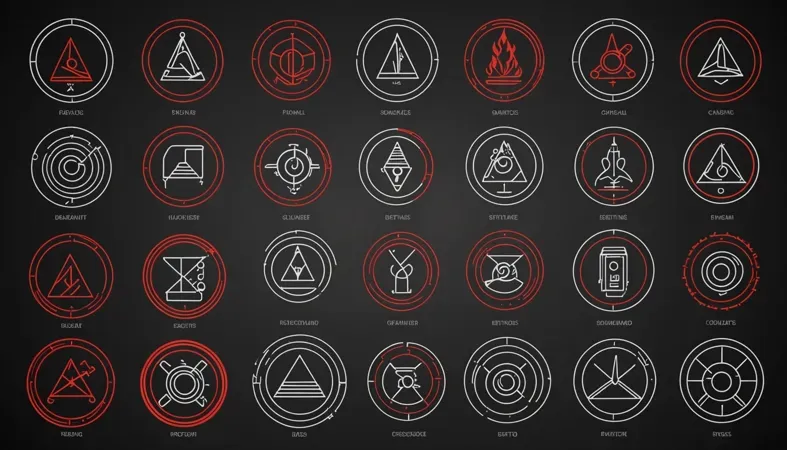
Common Issues and Troubleshooting
Let’s look at specific technical issues related to APIs.
-
Non-conformance to API Standards
This issue occurs when welded joints don’t meet API’s quality checklist. Check weld specifications. Correct it by strictly adhering to API documents.
-
Inadequate Weld Penetration
I’ve encountered this before. API requires full penetration for strength. Inspect the weld, adjust heat settings, and repeat welding if necessary.
-
Weld Defects and Discontinuities
API identifies issues such as cracks or porosity. Use X-ray or ultrasonic testing for detection. Fix by grinding or re-welding defective areas.
-
Improper Pre-weld Cleaning
If surfaces aren’t clean, you won’t meet API’s bonding criteria. Clean weld surfaces of oil and rust with appropriate solvents before starting.
-
Heat-affected Zone Issues
API warns about unintended heat impacts on weld strength. Monitor thermal inputs and adjust cooling rates during projects.
Applications Of API Standards in Welding
I’ve seen people use API standards for welding in various projects. These standards have several applications, such as:
- Oil Pipeline Welding: API standards ensure strong, safe welds in critical oil pipelines. These guidelines minimize leaks and ensure long-lasting durability.
- Pressure Vessel Fabrication: API standards guide the fabrication of pressure vessels, providing practices to manage high pressure and temperature safely.
- Storage Tank Construction: API standards outline welding techniques for tanks storing hazardous materials, helping to prevent leaks and spills.
- Marine Welding: API standards apply to marine structures, like oil rigs. Following these standards improves weld integrity and resistance to harsh conditions.
What Are the Alternatives to API Standards in Welding?
Sometimes, you might want other options beyond API standards in welding. For instance, AWS (American Welding Society) codes like AWS D1.1 are widely used for structural welding. These may fit better for certain projects due to their specific guidelines and clarity. This reminds me of a valuable lesson I learned when I had to choose between codes for a critical junction.
Another alternative is ASME (American Society Of Mechanical Engineers) standards, like ASME Section IX, often preferred in pressure vessel welding. Each option has its own advantages depending on your project’s needs and regulatory requirements. Ultimately, it’s about using what suits your task best!
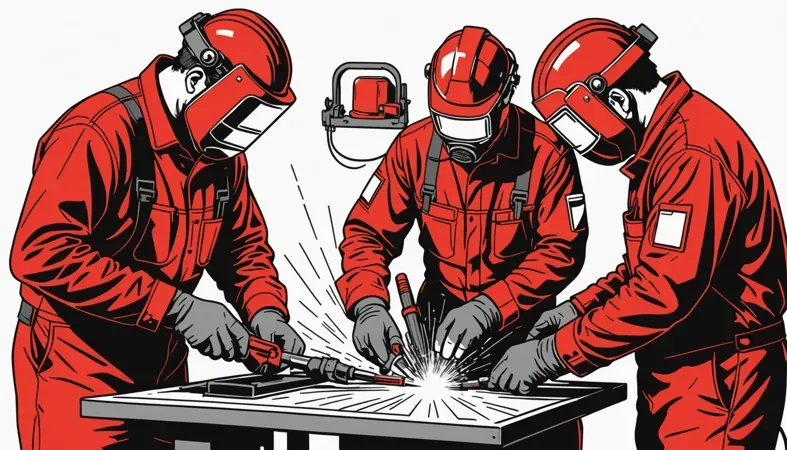
Frequently Asked Questions (FAQs)
Now let us look at the questions I typically get asked.
What Does API Certified Mean?
API certified means that a company or individual has met the standards set by the American Petroleum Institute. This includes passing rigorous testing and inspections to ensure quality and safety in oil and gas processes. This certification can enhance your credibility and is often required for industry projects.
What is the API Code for Welding?
The API code for welding refers to several standards outlined in the API specifications, primarily API 650 and API 620. These codes provide guidelines for the design and welding of storage tanks and pressure vessels, ensuring they can safely hold liquids or gases. Following these codes reduces risks of leaks and failures. When starting with welding projects, many beginners often inquire about the easiest welding techniques to master effectively.
What Does the API Standard Stand for?
The API standard stands for a set of requirements developed by the American Petroleum Institute. These standards cover various aspects of oil and natural gas production, including safety and equipment. Understanding these standards keeps operations compliant and safe in a potentially hazardous environment.
What Does API Stand for in Steel?
API stands for American Petroleum Institute in the context of steel. They establish guidelines that steel fabricators must follow for products used in the petroleum industry. These guidelines help ensure the considerable strength and durability required for safe operation under high pressure.
Why is API Welding Certification Important?
API welding certification is crucial for ensuring adherence to industry standards. It verifies that welders possess the necessary skills to perform high-quality welds that can withstand extreme conditions. Using certified welders can also reduce costs from reworks and improve project timelines.
How Can I Become API Certified?
To become API certified, you must complete training through an accredited program and pass specific exams. The training usually covers API standards, welding techniques, and safety procedures. Certification often takes a few months of study and practice, but it’s worth it for career advancement.
What Are the Benefits Of API Certification in Welding?
The benefits of API certification in welding include greater job opportunities and heightened industry recognition. Certified professionals often earn higher wages; studies show that certified welders can earn up to 20% more than non-certified ones. It’s a smart move for career growth.
Conclusion
We covered a variety of important topics regarding API in welding. These included what API stands for, different types of API, steps to understand API, factors affecting it, common troubleshooting issues, aftercare and inspection, and the applications of API standards. We also explored alternatives to API standards and answered frequently asked questions.
To recap, API stands for the American Petroleum Institute, a crucial organization that sets standards for welding in the oil and gas industry. We discussed how these standards ensure safety and quality by providing guidelines for materials, welding techniques, and inspection processes. If you need additional advice, I’m here to help with any questions about what API stands for in welding or how it impacts your work.
If you’re interested in furthering your knowledge about welding, feel free to return to What is Welding for more insightful information.
References
- American Welding Society. (2015). AWS D1.1/D1.1M: Structural Welding Code – Steel. Miami, FL: AWS.
- Weisman, J. (2011). Practical Welding Technology. Boca Raton, FL: CRC Press.
Joe Carter is a retired welding professional with over 40 years of hands-on experience in the industry, spanning ship repair, structural welding, and even underwater projects. Joe is a master of MIG, TIG, and Stick welding. Passionate about mentoring the next generation of welders, Joe now shares his decades of expertise and practical insights to help others build rewarding careers in welding.
American Petroleum Institute, American Welding Society, API Standards, Oil And Gas Industry, Structural Integrity, Welding, Welding Certification, Welding Equipment, Welding Guidelines, Welding Processes, Welding Techniques
